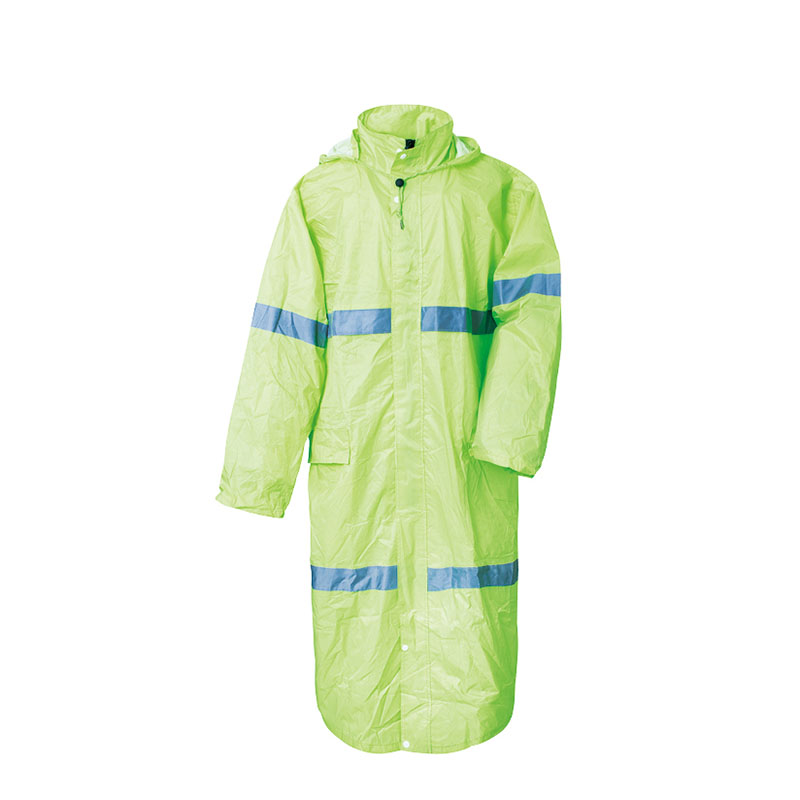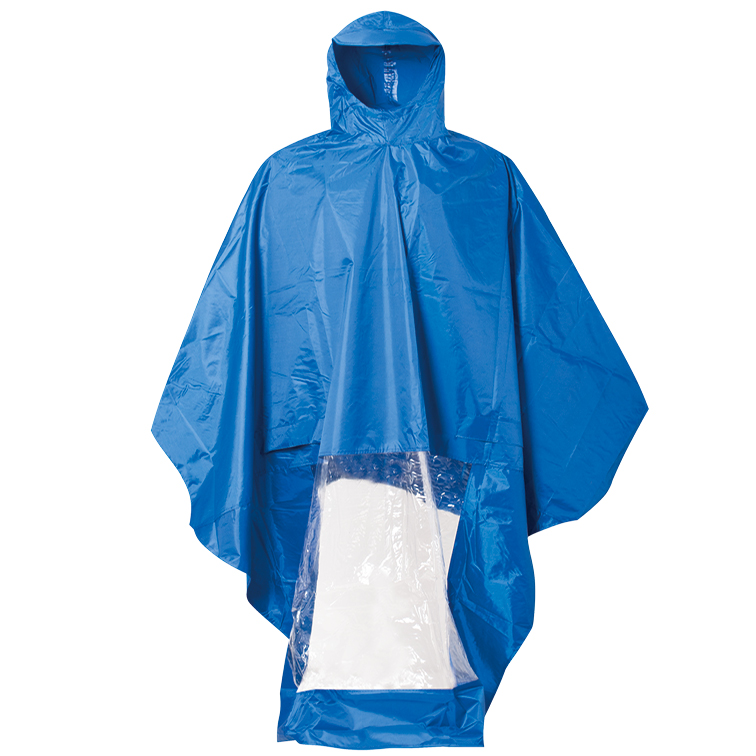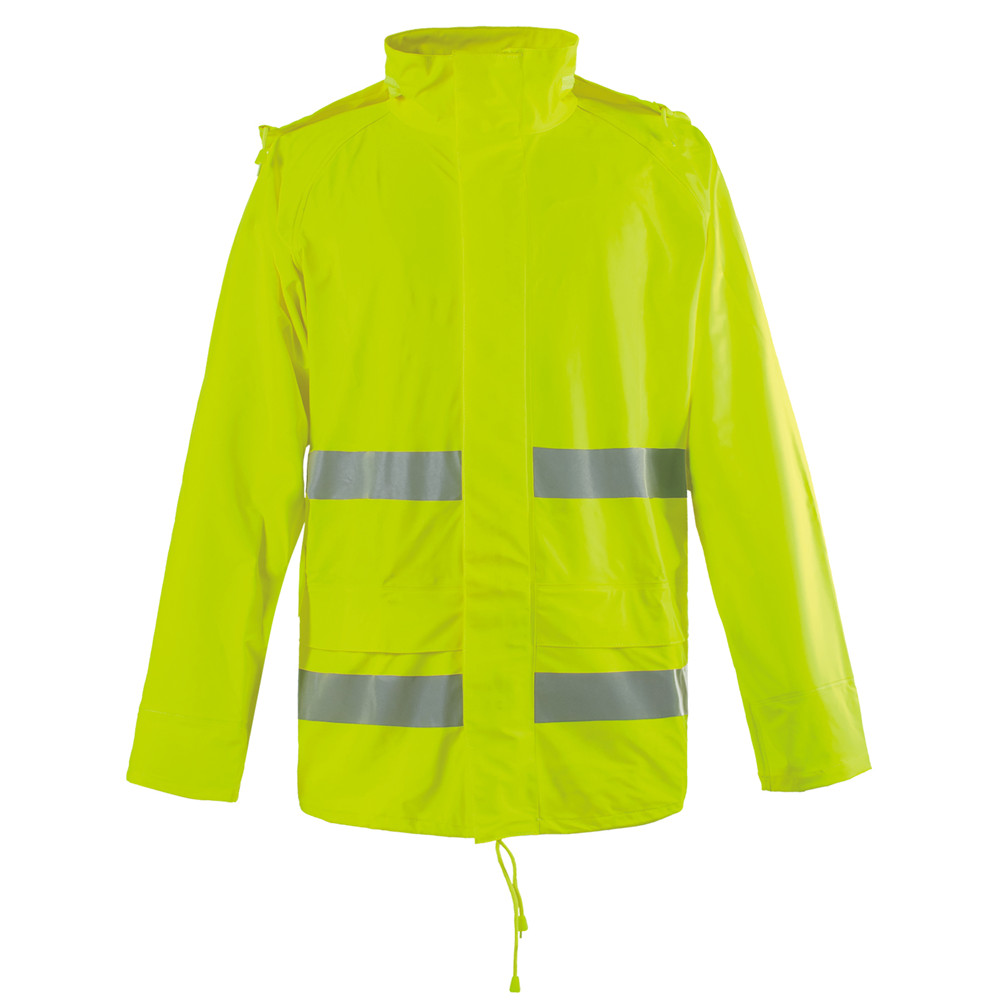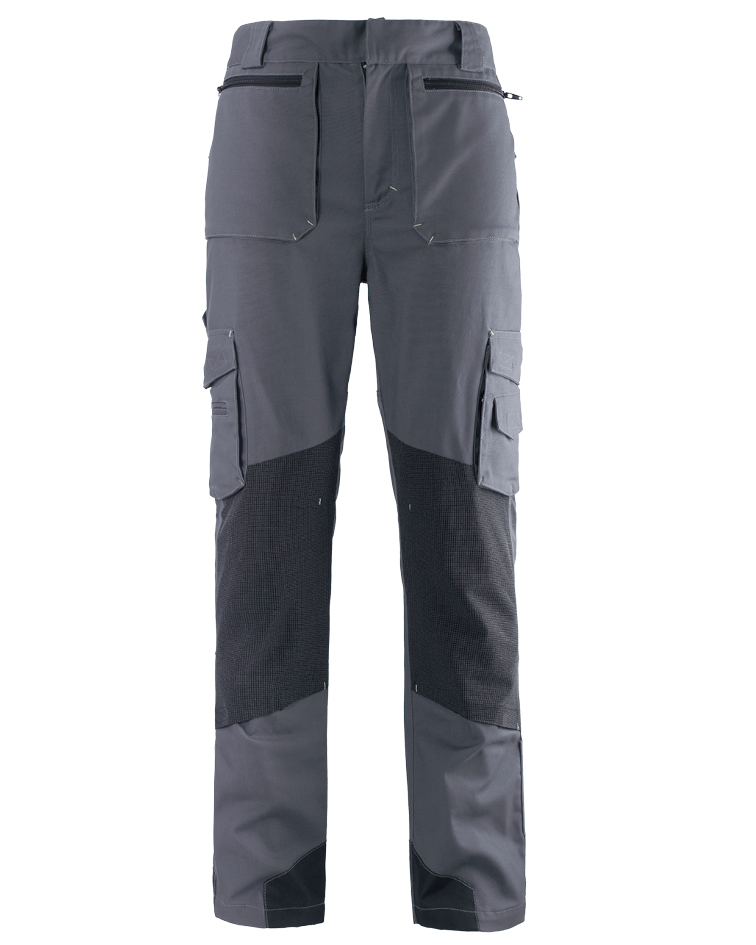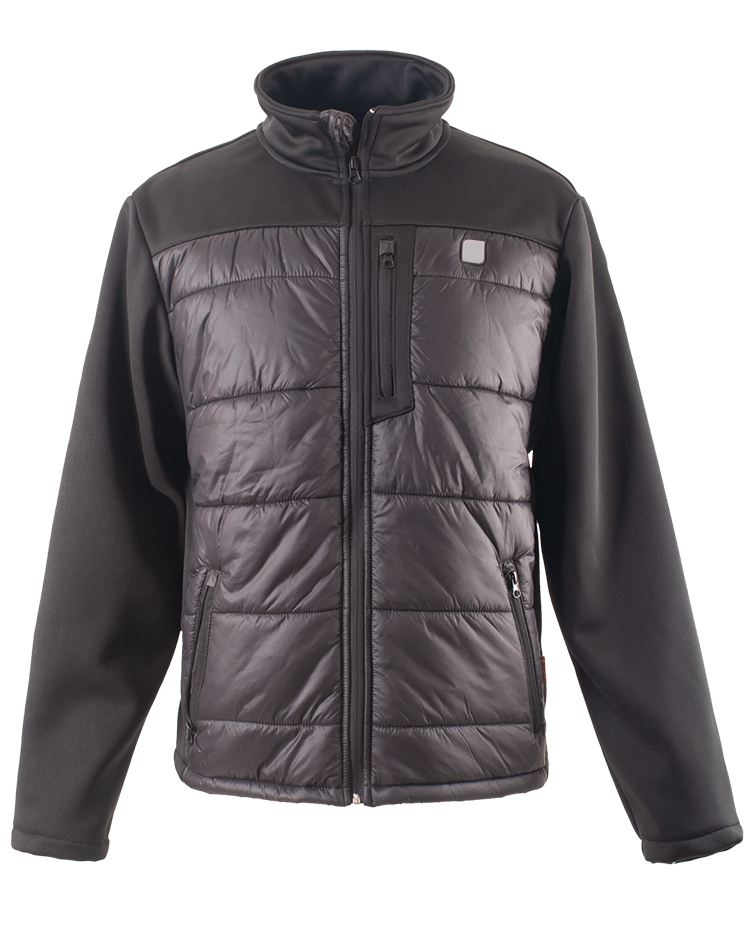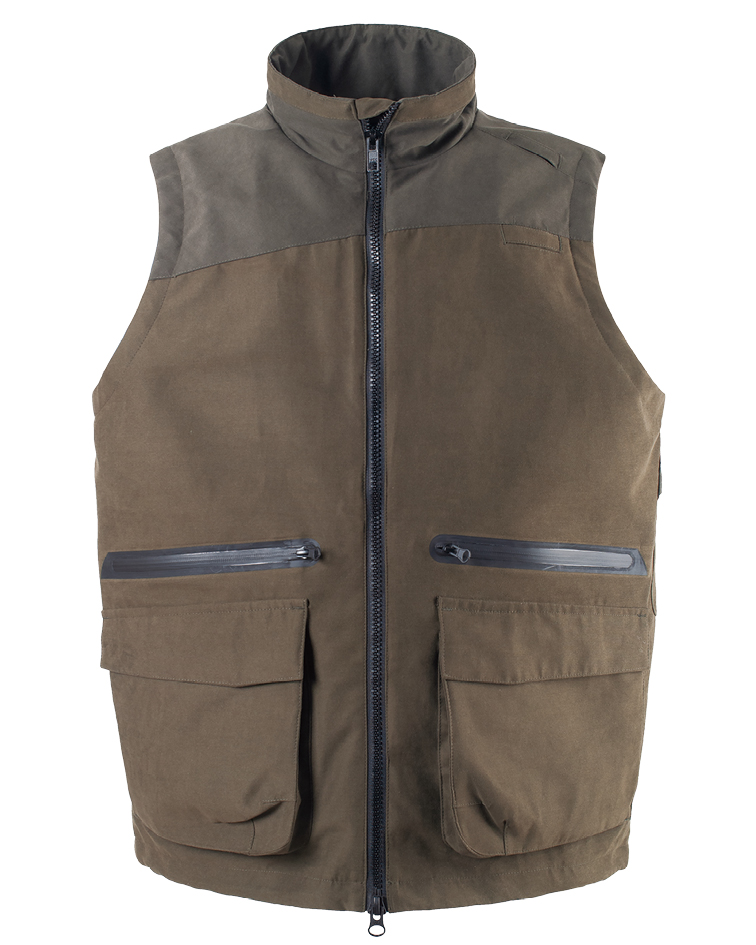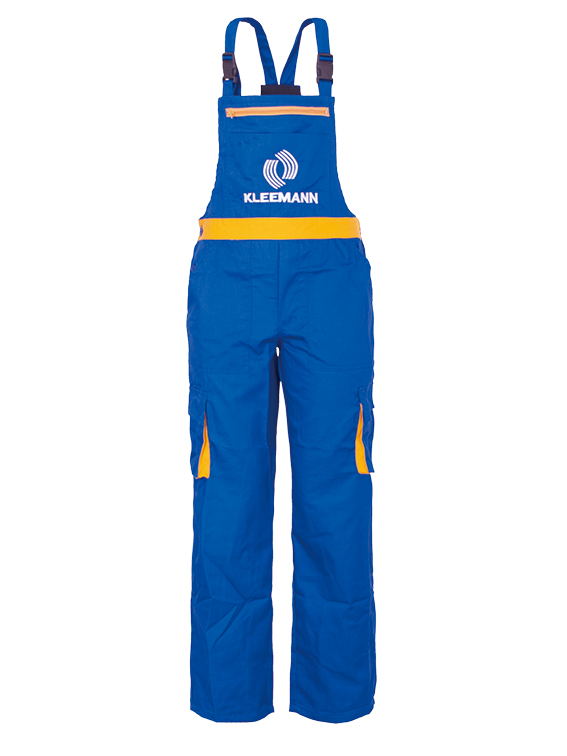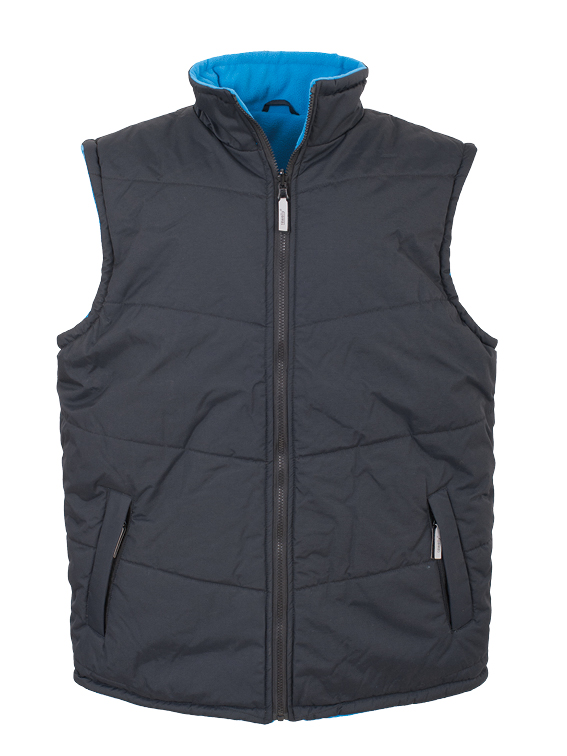Dear customers and friends:
The Multicam Parka: Why This Gear Matters More Than Ever
If you’re not already familiar, the multicam parka is something of a quiet game-changer in the world of tactical and outdoor wear. It’s not just another jacket but a piece of equipment crafted to meet global demands—from military units navigating diverse environments, to humanitarian workers facing brutal conditions. The simple truth: when the weather turns grim, and terrain shifts from arctic frost to dusty heat, having a coat that adapts and performs reliably can mean everything.
Understanding the multicam parka—and why it’s increasingly adopted worldwide—sheds light on the modern mix of innovation and tradition in gear-making. Plus, given the rising challenges posed by climate change, shifting geographies of conflict, and expanding humanitarian missions, this jacket occupies a surprisingly pivotal role.
Global Context: Wearing the World’s Challenges
According to the United Nations Office for the Coordination of Humanitarian Affairs (OCHA), natural disasters affect approximately 390 million people globally every year. Meanwhile, military operations and peacekeeping missions are conducted in extreme and varied environments. Here, the demand for versatile, reliable clothing like the multicam parka isn’t just a niche military interest — it’s a global necessity.
The clever camouflage pattern, initially developed for the U.S. military, is designed to blend effortlessly across multiple environments — woodland, desert, urban, and even snowy terrains. This adaptability makes the parka a favorite among forces and aid groups alike who may face multiple hostile environments on one mission. The challenge it addresses is real: a jacket that can “go anywhere and do anything” without switching gear constantly.
Defining the Multicam Parka: A Blend of Form and Function
So, what exactly is a multicam parka? At core, it’s a heavy-duty, weather-resistant jacket covered in the patented multicam camouflage print. But that’s just the start. Think layers of insulation for cold, breathable yet waterproof materials, and pockets strategically placed for everything from radios to medical supplies.
In practical terms, it answers a simple but crucial question: how do field personnel stay protected, maintain mobility, and remain concealed — all in one garment? In modern military operations or humanitarian rescue missions, that parka often becomes a lifeline.
Key Components That Define the Multicam Parka
1. Durability
The fabric itself is usually a blend of ripstop nylon and polyester, chosen for its resistance to tearing and abrasion. It holds up whether crawling through brush or enduring heavy rain.
2. Weather Protection
Waterproof coatings, often breathable membranes like Gore-Tex, keep moisture out without making the wearer overheat. Layered insulation options allow customization for degrees of cold.
3. Camouflage Adaptability
Unlike older camo patterns, multicam transitions across environments — blending into urban rubble or green forests alike, without looking obviously “military.” This reduces visibility while still looking professional.
4. Functional Design
Multiple pockets, adjustable hoods, reinforced elbows, and wrist closures make the parka ergonomic. For someone out in the field, these little details preserve dexterity and comfort.
5. Scalability & Customization
Manufacturers tailor parkas for different forces or organizations, adding patches, insulation levels, or even communication tech compatibility.
Mini takeaway: The multicam parka is not just a jacket—it’s a sophisticated tool engineered for survival and adaptability.
Where It’s Used: Multicam Parka in the Real World
Globally, the multicam parka finds itself hanging on the backs of soldiers in Afghanistan, peacekeepers in Mali, humanitarian volunteers trudging through flood zones in South Asia, and forest rangers working in Canada’s chilly boreal regions.
- Military Operations: The multicam design suits multinational missions where troops face ever-changing terrain and weather.
- Disaster Relief: Aid workers benefit from its weatherproofing and practicality during tropical storms or snowy mountain rescues.
- Law Enforcement: In areas with urban unrest or rural patrols, officers value its blend of stealth and mobility.
- Outdoor Industry: Adventure guides, hunters, and wilderness enthusiasts often choose multicam parkas for both functionality and style.
Oddly enough, some fashion-forward brands even incorporate multicam patterns into daily streetwear, bringing a slice of tactical tech to everyday style.
Product Specification Table
| Feature | Specification |
|---|---|
| Material | 65% Polyester / 35% Nylon Ripstop |
| Waterproofing | Gore-Tex Membrane (Breathable) |
| Insulation | Removable synthetic thermal liner |
| Camouflage Pattern | Multicam proprietary design |
| Weight | Approx. 1.2 kg (size large) |
| Sizes | S to XXL |
| Additional Features | Adjustable hood, reinforced elbows, multiple cargo pockets, radio pouch |
Comparing Leading Multicam Parka Vendors
| Vendor | Price Range | Material Quality | Customization | Delivery Time |
|---|---|---|---|---|
| TacGear Outfitters | $200 - $350 | High-end Gore-Tex | Full customization available | 2 - 3 weeks |
| FieldPro Gear | $180 - $300 | Polyester/Nylon Ripstop | Limited patches & accessories | 1 - 2 weeks |
| Global Tactical Apparel | $220 - $400 | Mid-level Gore-Tex alternative | Custom colors & logos available | 3 - 4 weeks |
| OutdoorForce | $150 - $270 | Standard synthetic membrane | No customization | 1 week |
Advantages and Long-Term Value of Choosing a Multicam Parka
The investment in a multicam parka pays off in several ways. Logically, it cuts down on the need to own multiple single-purpose jackets. This saves cost, weight, and hassle—critical in long missions. Emotionally? It offers a real sense of safety and preparedness that’s hard to quantify but felt deeply.
Sustainability is increasingly on users’ minds. Many producers now focus on eco-conscious materials or recycling programs, which future-proof the gear for years ahead.
On social impact: whether worn by a soldier or a field medic, a multicam parka helps maintain dignity under harsh conditions, acting almost like a uniform of resilience and trust.
Looking Ahead: What’s Next for Multicam Parkas?
Material science never sleeps. Expect to see integration of smart textiles—think embedded sensors that monitor temperature or health stats. Digital camo patterns might evolve with AI to dynamically adapt to surroundings on the fly.
Plus, sustainability trends push manufacturers to test bio-based waterproof membranes or 3D-printed components. For organizations concerned with reducing carbon footprints, these innovations matter.
Challenges Facing Users and Producers
Of course, it’s not all perfect. Waterproof tech sometimes falls short in extreme prolonged rains. Sizing and uniformity can still be tricky for diverse body types — one size doesn’t really fit all.
Solutions? Modular layering systems, investing in custom fittings, and using advanced fabrics with improved breathability and durability all help overcome these hurdles—as do rapid prototyping and user feedback loops.
FAQ: Frequently Asked Questions About Multicam Parka
- Q: How does a multicam parka differ from a regular parka?
- A: Unlike standard parkas, the multicam version incorporates a camouflage pattern that works in multiple environments and uses advanced materials designed for tactical durability and weather resistance.
- Q: Can the insulation layer be removed in warmer climates?
- A: Yes, most multicam parkas come with removable liners, allowing users to adapt the parka to both cold and mild conditions easily.
- Q: Is the multicam pattern suitable for civilian use?
- A: Absolutely. While it’s rooted in military use, many outdoor enthusiasts and urban dwellers appreciate the aesthetics combined with functionality.
- Q: How do humanitarian organizations acquire these parkas internationally?
- A: NGOs often partner with manufacturers or specialized distributors who handle customs clearance and ensure the gear meets operational standards.
- Q: What’s the average lifespan of a multicam parka in tough conditions?
- A: With proper care, these parkas generally last 3–5 years in active, harsh conditions, sometimes longer depending on use frequency.
Conclusion & Call to Action
If you’re looking for clothing that blends adaptability, durability, and cutting-edge design, the multicam parka deserves serious consideration. From protecting personnel in challenging terrains to supporting humanitarian missions, this jacket offers a rare combination of long-term value and resilience.
Curious to explore the full range and technical details? Visit our site here: multicam parka to find out more and get geared up for your next mission.
References:
Post time: Nov . 23, 2025 16:30

